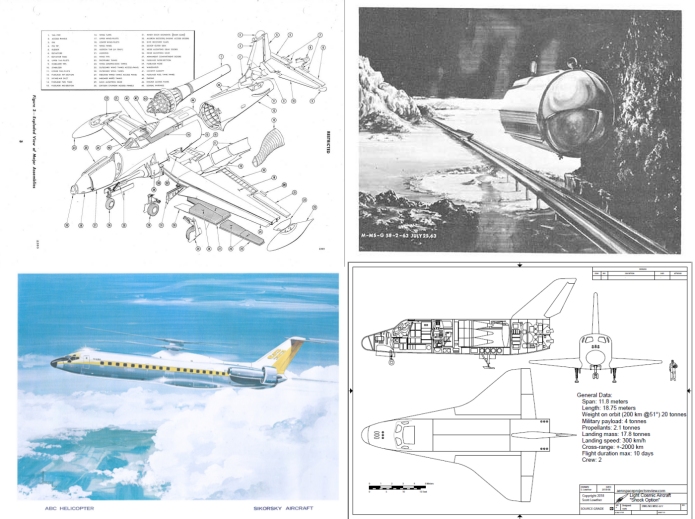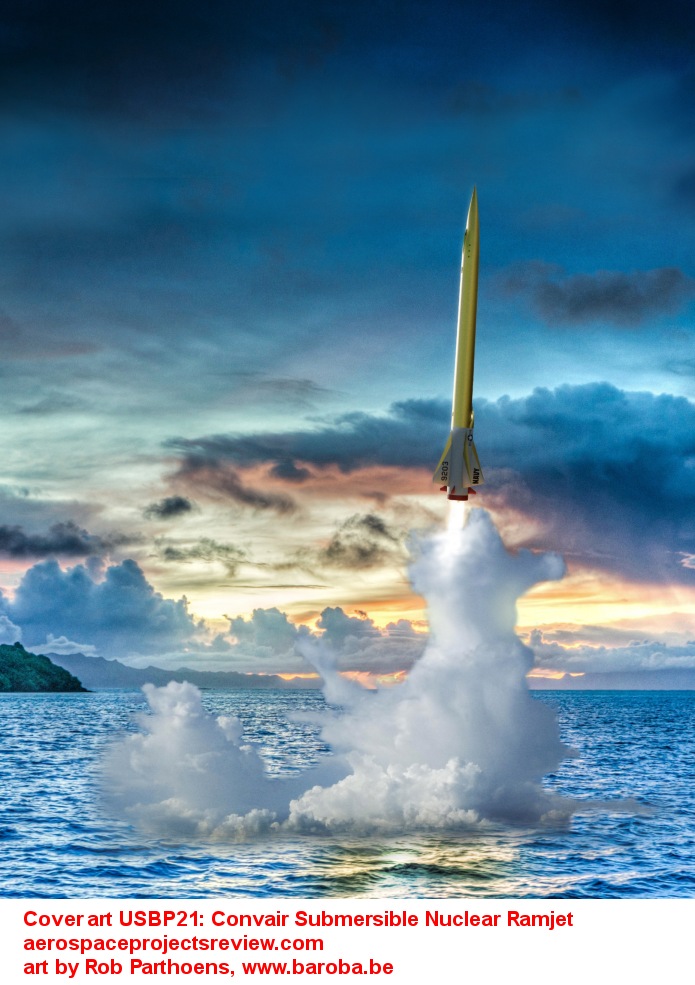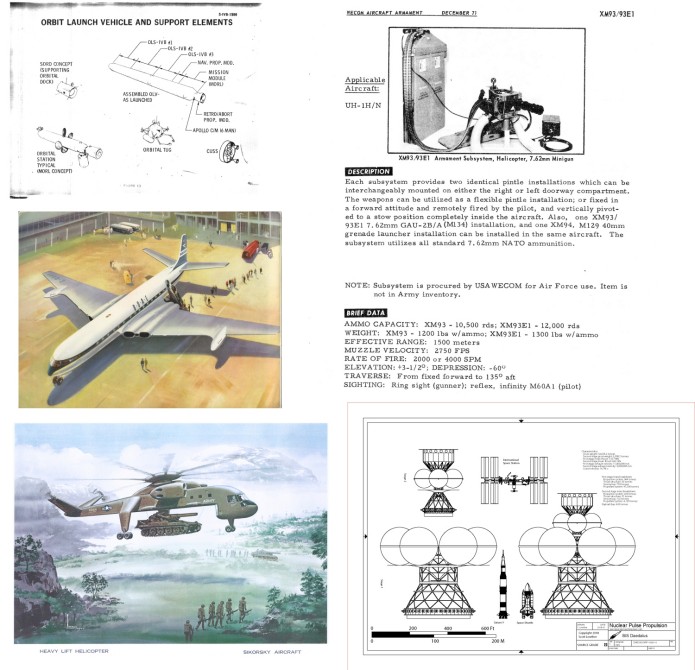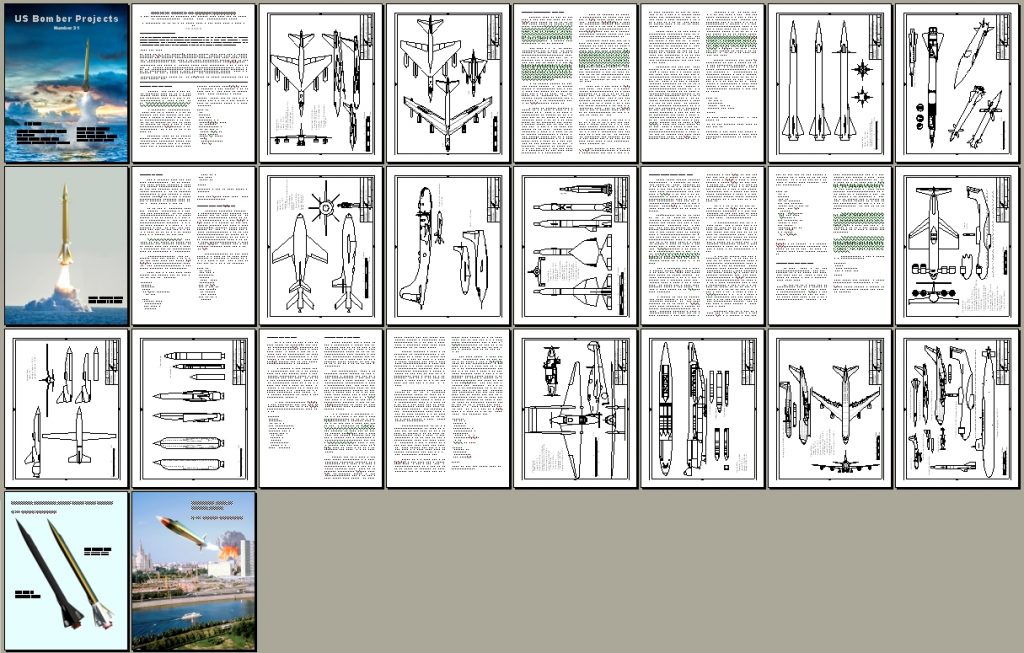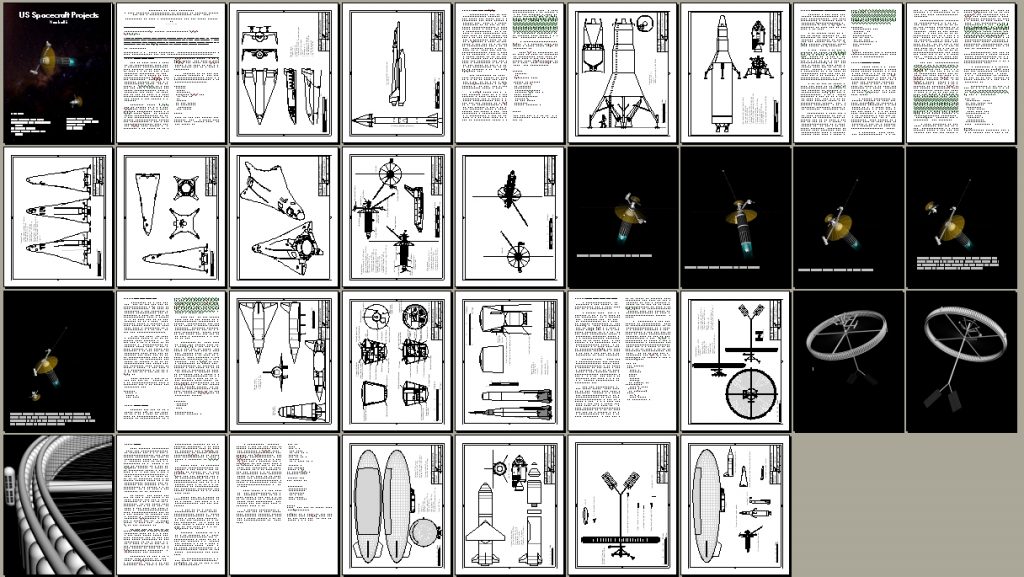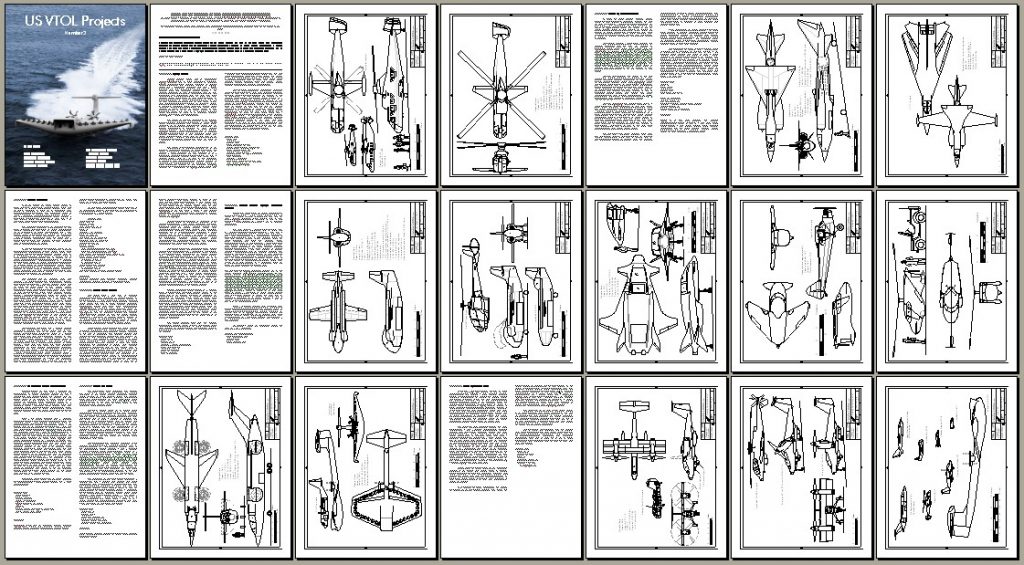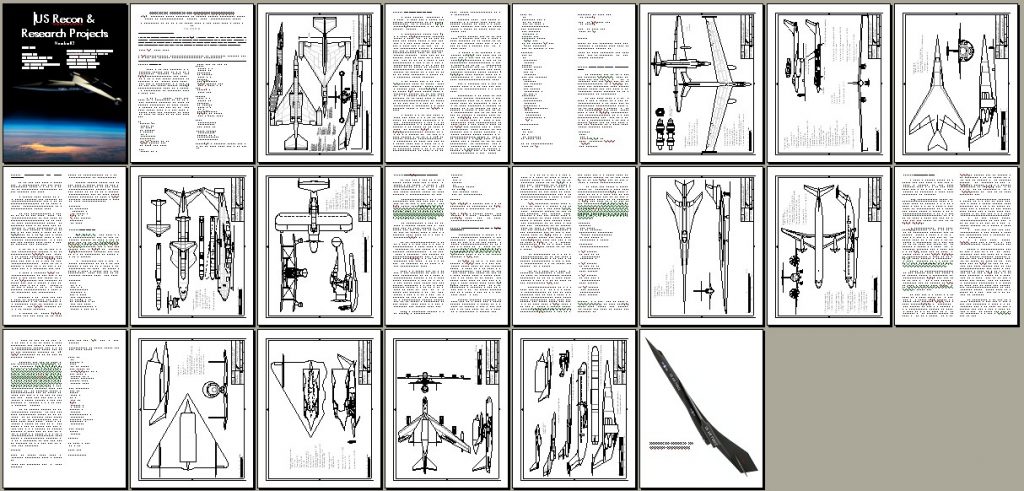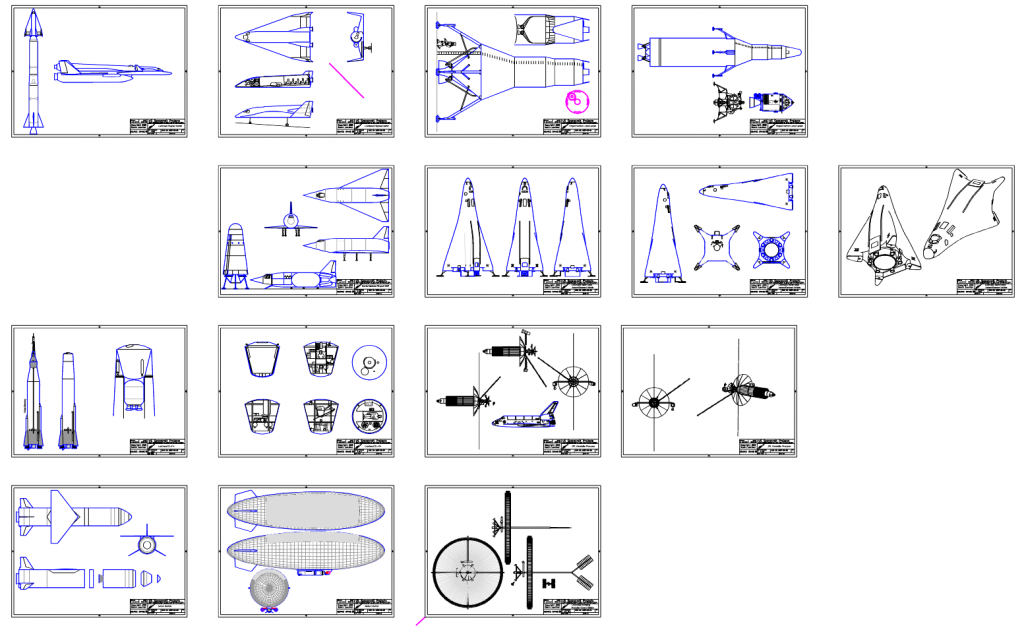So I looked up the season 3 BluRay of The Expanse on Amazon to see when it’s coming out (July 17), and saw some interesting titles that may be of interest to those who are interested in this sort of thing, available or soon to come out on BluRay. As always, if you are interested in buying these, please click on the links here… if you buy through these links, I’ll get a pittance!
Anyway, first up there’s The Day After, the all-kinds-of-fun TV movie from the 80’s that showed the US getting the bejeebers nuked out of it by the Soviets. Due out August 8.
Also available is the somewhat similar “Threads,” a British TV movie from about the same time that shows Britain getting the bejeebers nuked out of it by the Soviets… and carries that forward another generation or so showing just how thrilling a Mad Max version of Britain would be. Came out in February.
Then there’s Lifeforce. This one has been out on BluRay for a while, but this one is a “limited edition” which seems like it’s longer, or maybe has more extras. It’s… it’s about space vampires. It’s not what you’d probably really call “good,” but as an aerospace engineer there are two designs shown in the movie that have always appealed to me: there’s the UK/US modified Space Shuttle “Churchill,” which features vast solar panels and a NERVA engine distressingly close to the crew. The other design that’s really quite remarkably well done is the chassis of Mathilda May. Yeah, you know what I mean. Out August 14.
Then there’s “The Martian Chronicles.” A TV miniseries from the 80’s which at the time I loved. Then I saw it again a couple years ago and, wow, does it not hold up. Still, might be of interest. Due out June 26.
There’s “Deep Rising,” another one that has been available on BluRay before. I’m not sure if they’ve extended or otherwise tinkered with the movie itself, but it looks like there are a lot of extras. This is a goofy sea monster movie that is *way* more entertaining than it has any right to be. Due out August 21.
And two Lovecraftian flicks:
John Carpenters criminally underrated “In The Mouth of Madness,” which doesn’t feature the “Lovecraftian monster” so much as the “welp, it’s Lovecraft, so I’m’a gonna go nuts now” that most Lovecraftian movies tend to get wrong. Due out July 24.
The Spanish-made, English-language, relatively low-budget movie “Dagon,” which despite its title is actually more of a “Shadow Over Innsmouth.” Been a decade+ since I’ve seen it, but I seem to recall that it was fairly good. Also out July 24.
